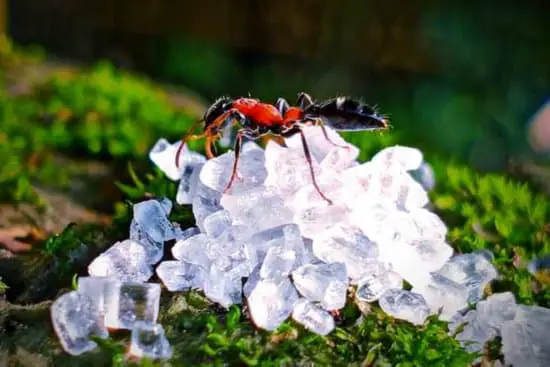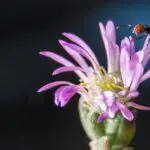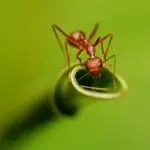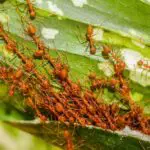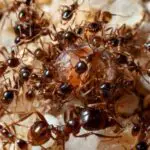How Did Ants Evolve?
Among the insects that colonize most of our land, the ants are the most numerous. They occupy most terrestrial ecosystems, and have an ecological footprint that’s larger than that of birds. However, biologists have long wondered how ants evolved.
Ants have diversified into thousands of different species. Some species eat plants while others prey on pests. Some species live underground, while others nest on the ground. In all, there are at least 12,500 species of ants. They’ve been found in every continent on Earth.
Most of the ants in existence today are members of the formicoid clade. These include the worker ants and the reproductive queens. The worker ants are large and powerful. They also have a rigid thorax. They’re able to run huge distances.
The ants’ ancestors are believed to have ranged widely on the supercontinent Laurasia during the Cretaceous. Some ant species lived in leaf litter, while others colonized treetops. Some species scavenged for plant fruits. Other species made nests on the forest floor.
As the continents drifted apart, ant species separated. This gave rise to new species that specialized for different ecological niches. The evolutionary history of ants has been bolstered by molecular phylogenetic techniques.
The ant’s DNA testifies to its diversifications and adaptations to climate and geography. It also reveals traits that are essential to surviving environmental challenges.
A recent study used a large amount of sequence data to construct a new ant phylogeny. The new phylogeny is strongly supported by DNA sequence data.
